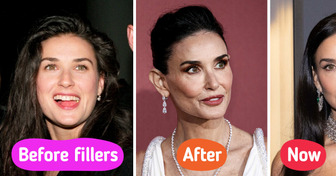“Looks Like a Dude,” Jennifer Lopez’s Gender-Neutral Child Sparks Heated Debate Over Striking Body Modification

Athletes know that every sport requires specific skills and equipment for effective training, and artistic swimming is no exception. While spectators are often mesmerized by the graceful movements, high-flying leaps, and colorful swimsuits during competitions, few realize the intense effort and dedication involved behind the scenes. It’s this rigorous preparation that truly makes the sport stand out in its own distinctive way.
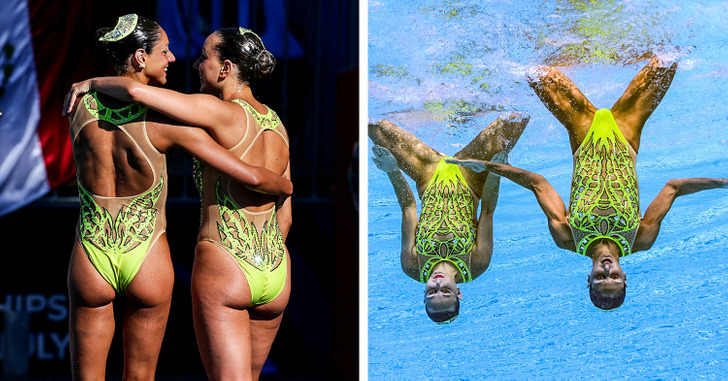
Artistic swimmers need to be mindful of their swimsuit choices, considering both the material and design. The ideal swimsuit should be lightweight, comfortable, and provide ample support. Styles featuring an "X" design on the back and high-cut legs are particularly popular as they offer enhanced flexibility and freedom of movement.
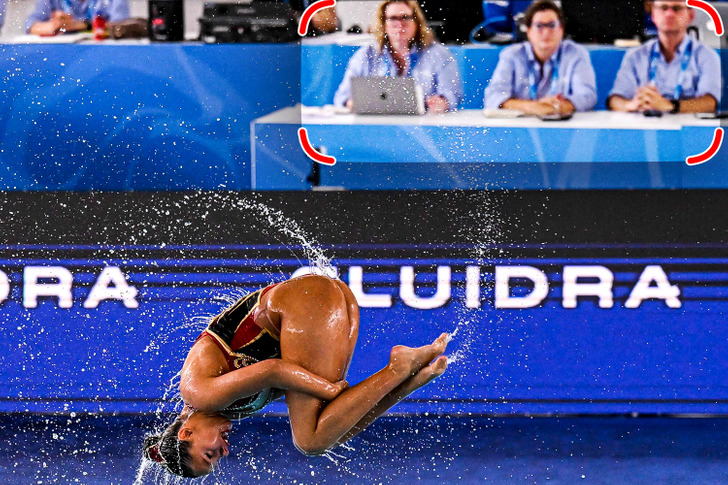
In artistic swimming competitions, routines are evaluated by a jury divided into three panels, each consisting of five judges. These panels assess different aspects of the performance. During technical routines, one panel focuses on execution, another on overall impression, and the third on specific required elements. For free routines, the evaluation shifts – one panel judges the performance, another assesses artistic presentation, and the last determines the level of difficulty.
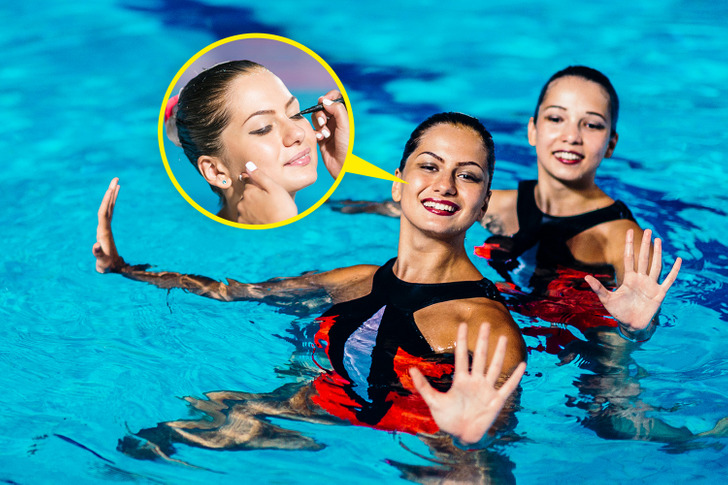
Due to budget constraints, many artistic swimming teams are unable to hire professional makeup artists for each competition. As a result, swimmers take on the task themselves, designing and applying their own makeup to ensure a polished and cohesive look during performances that won't budge in the water.
Olympic gold medalist Kelsi Worrell shared in an interview, "Nothing is too embarrassing. We are so vulnerable with each other and so open that we are there to help each other." She admitted they aren't ashamed if their tampon string can be seen, in fact, the other girls will discreetly point it out to offer support.
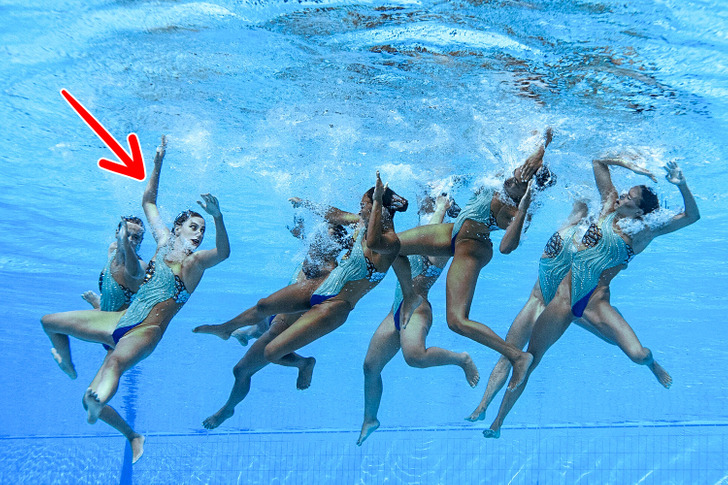
Even though goggles are not permitted, swimmers must maintain open eyes throughout their routine, including when submerged. They need to stay focused on their teammates to ensure they can adjust their positioning or prepare for specific movements when needed.

In major competitions, athletes may need to undergo a flexibility test before performing their routine. Each team member who successfully passes the test earns an additional point for the team’s final score.
Many people assume that artistic swimmers can hold their breath for an extended period. However, even the athletes themselves are unsure of their exact limits. This is because, during training and competitions, they are constantly moving – submerging and resurfacing every few seconds – rather than remaining still while holding their breath.
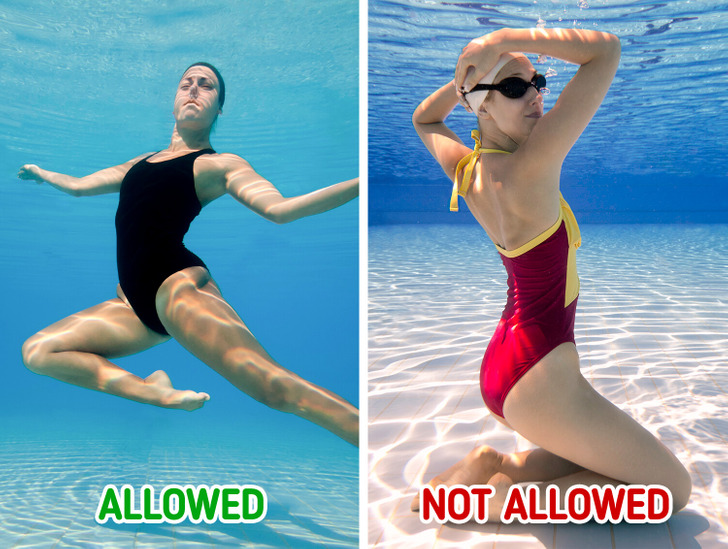
Artistic swimming competitions can be highly demanding, not just in terms of time and makeup but also in attire. In compulsory figure events, athletes must execute specific movements in front of a panel of judges, who assess their technique and precision. To maintain uniformity and prevent distractions, participants are required to wear a plain black swimsuit without visible logos and a white swim cap.
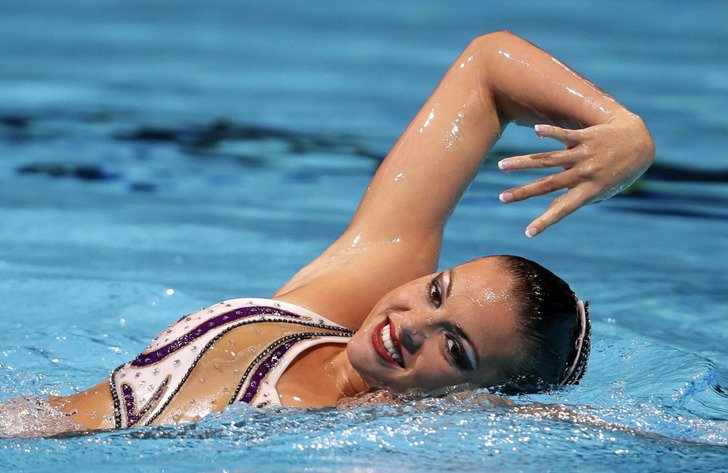
Nose clips are commonly worn by swimmers to stop water from entering their nostrils. Though they can be a bit uncomfortable, most athletes choose to use them. However, some have found alternative methods to keep water out of their noses. For instance, Mary Killman is able to seal her nostrils with her upper lip.
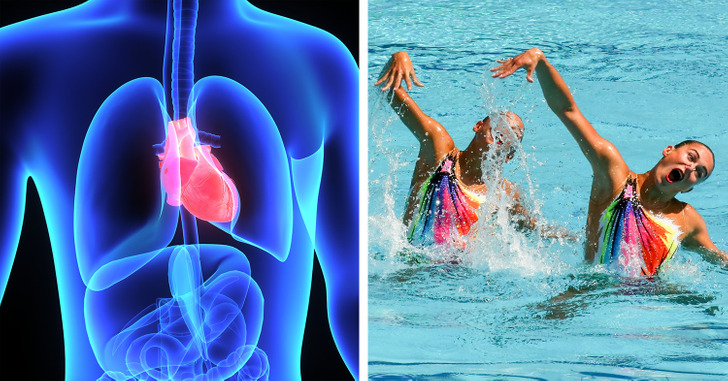
Swimming is widely recognized for its positive impact on cardiovascular health. It enhances oxygen utilization in the body without placing excessive strain on the heart. As a result, regular practice can reduce the risk of heart disease by up to 40%.
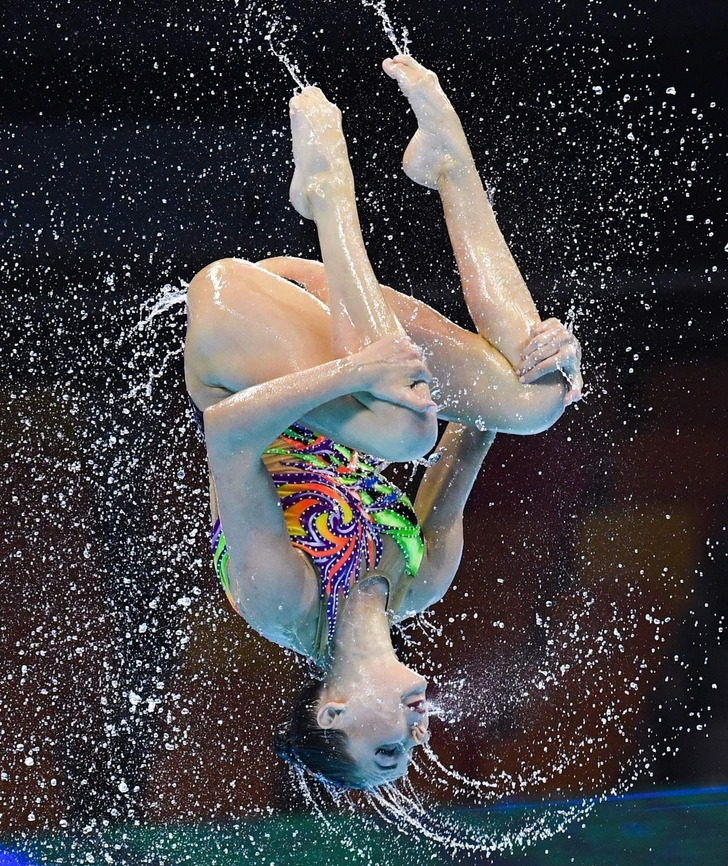
You’ve likely observed that all swimmers have smooth, hair-free skin. While many assume this is purely an aesthetic preference or a societal expectation, there’s actually a practical reason behind it. Hair creates additional resistance in the water as swimmers move, and a hairless body enhances their sensitivity.
In another article, we decided to take a closer look behind the scenes of the modeling industry, uncovering fascinating secrets that reveal what lies beyond the glamorous photos.










